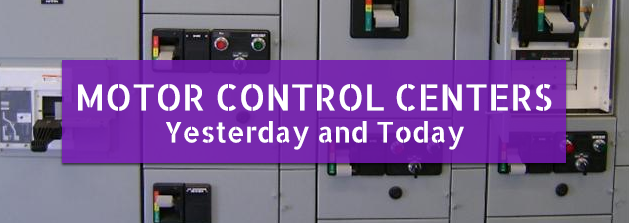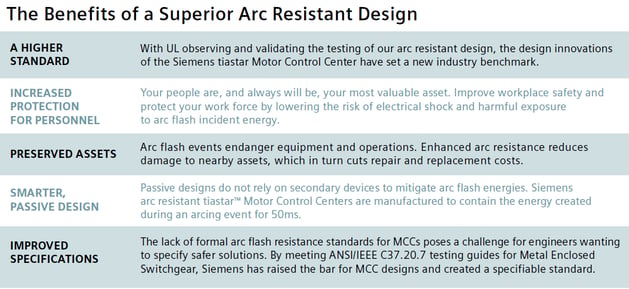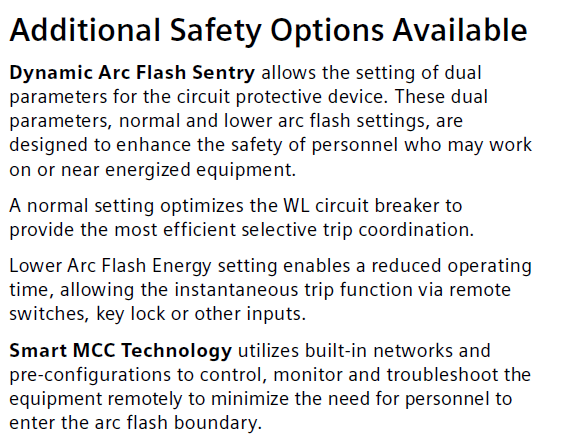
What do stadiums and steel mills have in common, other than Pittsburgh pride?
Both traditionally use Motor Control Centers (MCC), an automation technology that has deep roots in many manufacturing industries.
MCCs are an assembly of one or more enclosed sections having a common horizontal main power bus and factory assembled motor control units or buckets which are connected to a vertical bus. Historically motor control centers were an assembly of numerous motor starters or feeder breakers used to control individual motors. Today they can incorporate variable frequency drives, soft starters, solid state/digital control devices, PLCs, HMIs and contain network communication protocols such as profibus, profinet or ethernet.

Motor control centers have been in use since the 1950s, primarily in the automobile manufacturing industry which used large numbers of electric motors. Today they are used in many industrial and commercial applications such as steel mills, water treatment facilities, and sports stadiums, as well as smaller manufacturing facilities. Where very dusty or corrosive processes are present, the motor control center may be installed in a clean atmosphere controlled control room, but often times an MCC will be on the factory floor adjacent to the machinery controlled and can be built to the NEMA Standards pictured below:

Design in the Details
Each “bucket” in an MCC can be specified with a range of options such as control transformers, start/stop push buttons, pilot lights, extra terminal blocks, various types of thermal or solid-state overload relays, specified classes of fuses or circuit breakers. A motor control center can be supplied ready for the customer to connect all field wiring, or can be an engineered assembly with internal control and interlocking wiring to a central control terminal or programmable controller (PLC) which are typically referred to as a Smart or Intelligent MCCs. If required, the motor control center can have an internally installed transformer to feed a distribution breaker panel for 120/220 volt branch circuits.
Generally the main breaker / horizontal bus maximum is 2500 amps and the vertical bus is limited to 800 amps.
Cutting Edge Safety in Motor Control Centers
The chart below outlines some of today's most common MCC safety standards:

With today’s emphasis on arc flash safety there are some Arc Flash Rated MCCs available. They are designed to decrease the risk to personnel by controlling arc fault exposure. The user experiences superior arc resistance that meets a high standard in protecting people, capital investments and operation.
This is accomplished by the following innovative design characteristics:

With smart technology and safety improvements, motor control centers can be used in many more applications or in innovative new ways. To learn more about motor control centers or the equipment you need to repair, upgrade, or build an MCC, talk to an ACD expert for a free consultation.

